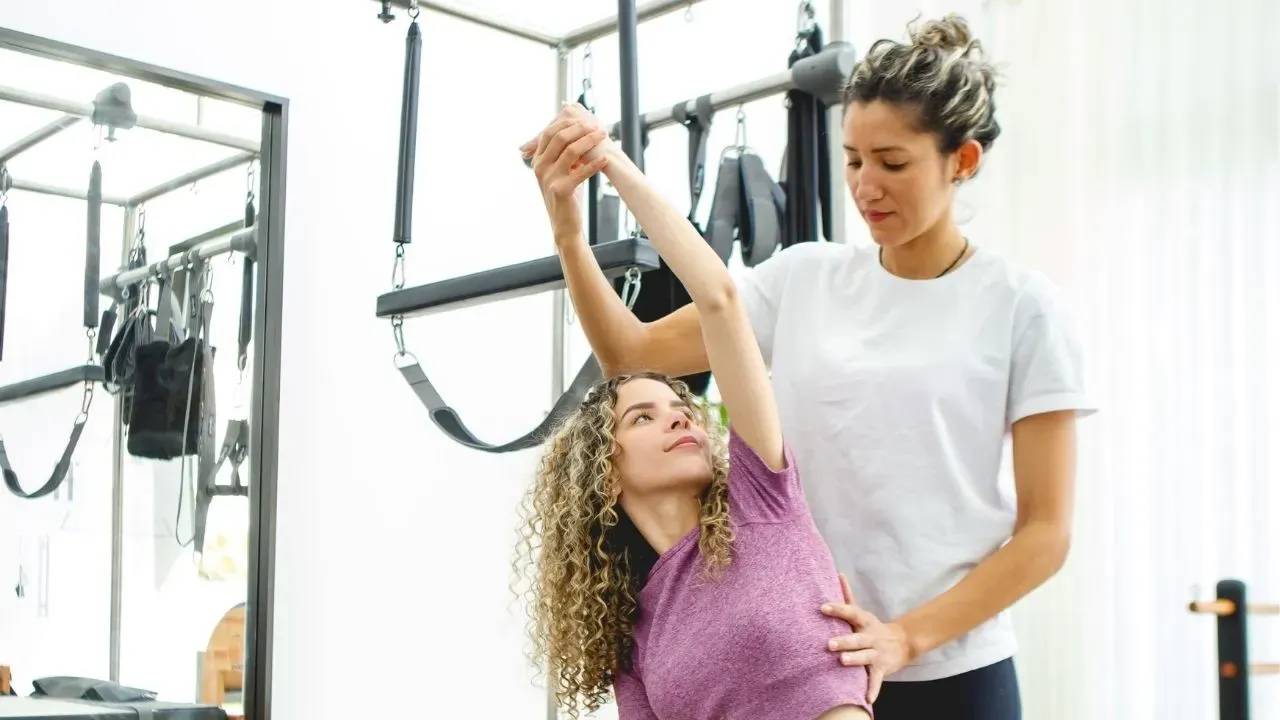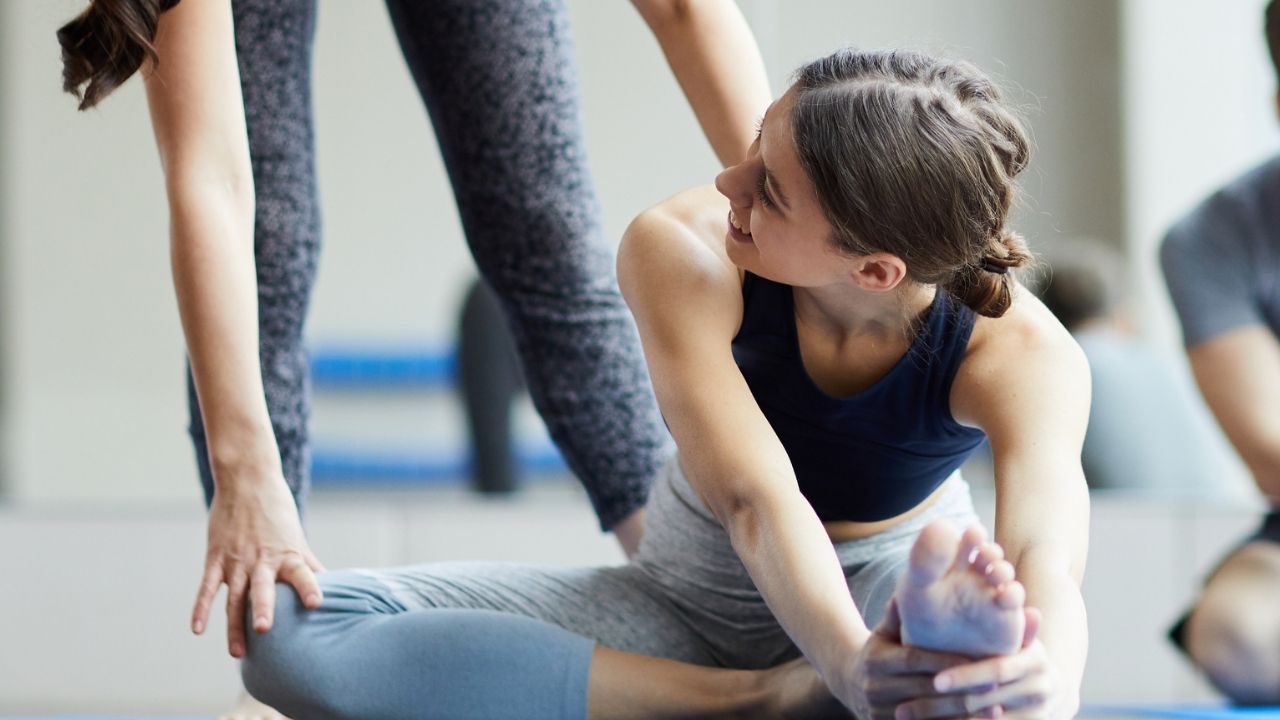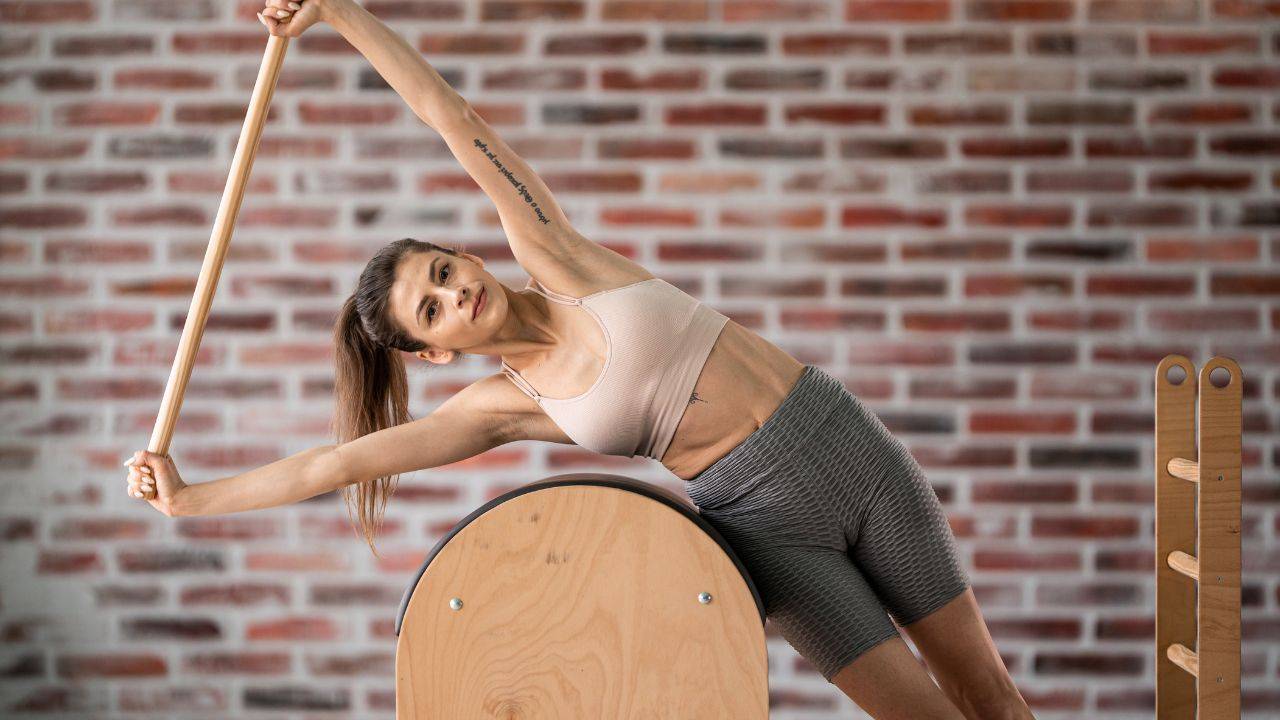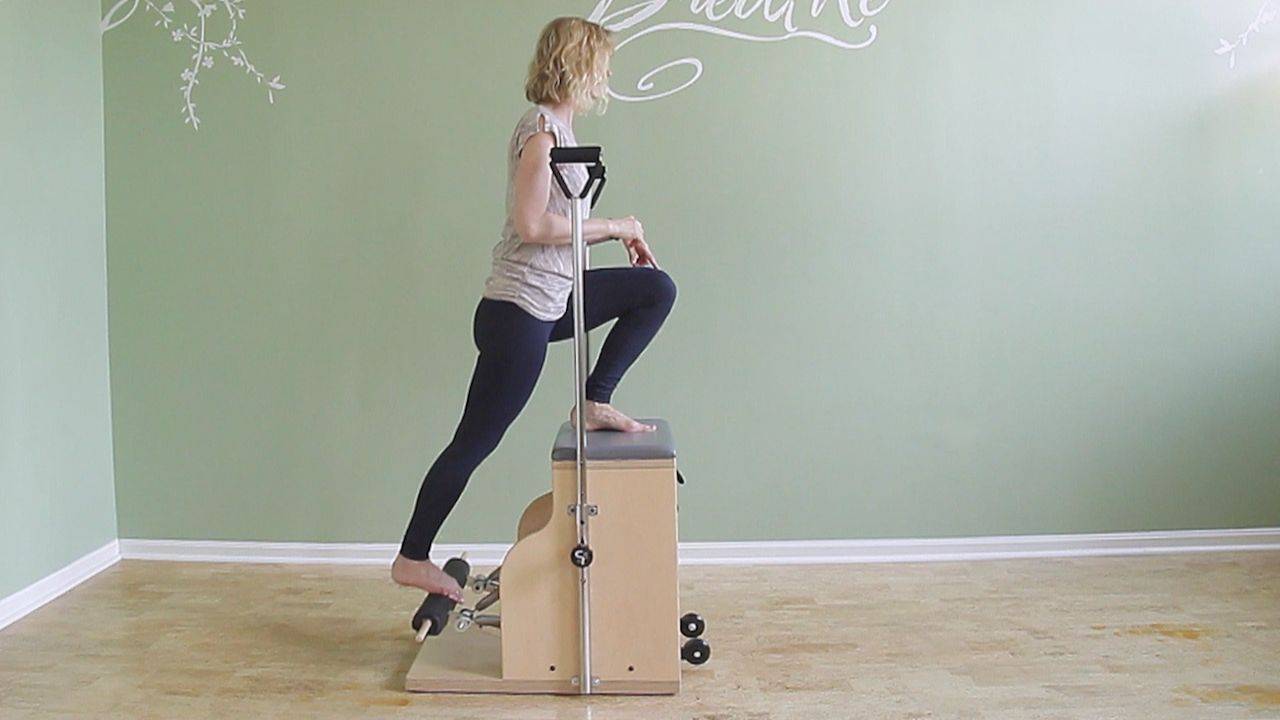3 Words Your Pilates Student Might Be Confusing (Unbeknownst To You)
May 27, 2019
Words are subjective. I’m sure you’ve tried to name a color, only to hear your friend say, “That’s not purple, it’s blue.” We associate different meanings to different words.
A “good workout” for one person means sweating, huffing, and puffing until they feel sick. For others it means moving gently, feeling muscles trembling, and always being in control.
Stretching is another one of those words. One of my favorite teaching tools is to ask my student "What do you feel?", "What’s working in your body?" Not only does it give me information about whether they use the right muscles to perform the movement but it shifts their focus to what’s happening in their body. It connects their mind and body and makes them more aware of their movement.
After doing this for a while, I’ve started to notice that some people described a feeling of activity in their muscles as stretching when what’s happening is not necessarily a lengthening but a concentric strengthening, a shortening of the muscle. For me, the words stretching and lengthening were always synonymous. Although - I would not have described eccentric muscle work as lengthening, yet it is.
Using the words lengthening and shortening is a more accurate and unemotional description of what the muscle is doing or should be doing. So - how do you use this information in our verbal cueing?
Related: The Cueing Cure: Dramatically Improve Your Verbal Cueing in 30-Days
When communicating with your Pilates student, it's, on the one hand, necessary to find out what your student means when she uses a word like stretching, and, on the other hand, necessary to educate her about what her body is doing during a movement, so her brain can accurately trigger the correct movement in the targeted body part.
When the mind understands what should happen it can tell the body what to do. That process is called motor control.
After all...
Using the words lengthening and shortening in your classes instead of stretching and strengthening is a more objective way to explain what sensation your student should expect. When your student thinks about stretching or engaging, she might think she needs to use extra effort, which we don't always want.
Lengthening has a much softer connotation compared to stretching (in my mind). And don't we need to yield and soften in order for a muscle to lengthen?
Axial elongation is one of the most important movement skills in a Pilates workout. Have you noticed how many times you have to cue your student to "stay tall", or "keep lengthening" because they keep shrinking and shortening their spine in an effort to engage or work a muscle?
Tightening could also be confused with locking, which could result in preventing a joint from moving, and that's probably not what we want. Oh, there are so many ways to misunderstand each other!
I'd love to hear from you: Have you noticed other words your students use that mean different things to you? Shoot me an email.
PS: If you're looking for another imagery cue that can help your student understand lengthening and eccentric muscle control, then check out: Turning the volume up and down











